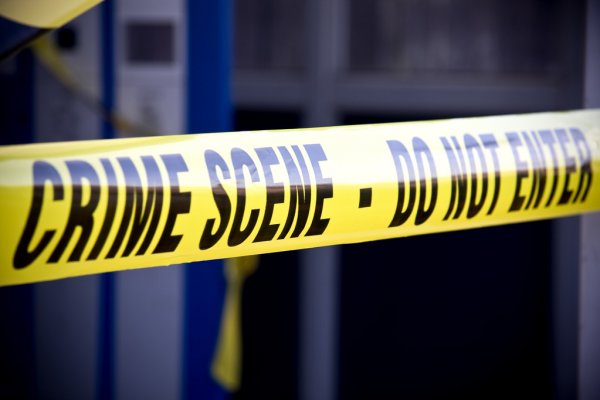Overview
Non-culturable spore trap samplers draw measured volumes of air through the sampling device for a specified length of time. The collection surface is a coated glass slide. Particles in the air (spores, dust, etc.) impact onto the sticky surface and are “trapped” for later analysis.
A general philosophy regarding the interpretation of biological air samples is formed primarily by two guiding principles. First, an effective interpretation is based on the comparison of indoor and outdoor samples. There are currently no guidelines or regulations to indicate “safe” or “normal” spore levels, however, we typically expect indoor counts to be 30 to 80 percent of outdoor spore counts, with the same general distribution of spore types present. And second, variation is an inherent part of biological air sampling. The presence or absence of a few genera in small numbers should not be considered abnormal.
Pros
Spore trap samplers are capable of capturing all spores and particulate matter in the air. Consequently, it is possible to accurately characterize problem environments where spores are present but either are no longer viable or are species that do not culture well (i.e. Stachybotrys). These are two situations where culturable sampling techniques, if used alone, may miss a potential indoor air quality problem.
Cons
While many mold spores have a unique morphology and are identifiable by direct microscopic examination, others do not and are more difficult to identify. These latter types must be counted in broader spore groups.
For more info visit our site at: Biowashing.com








